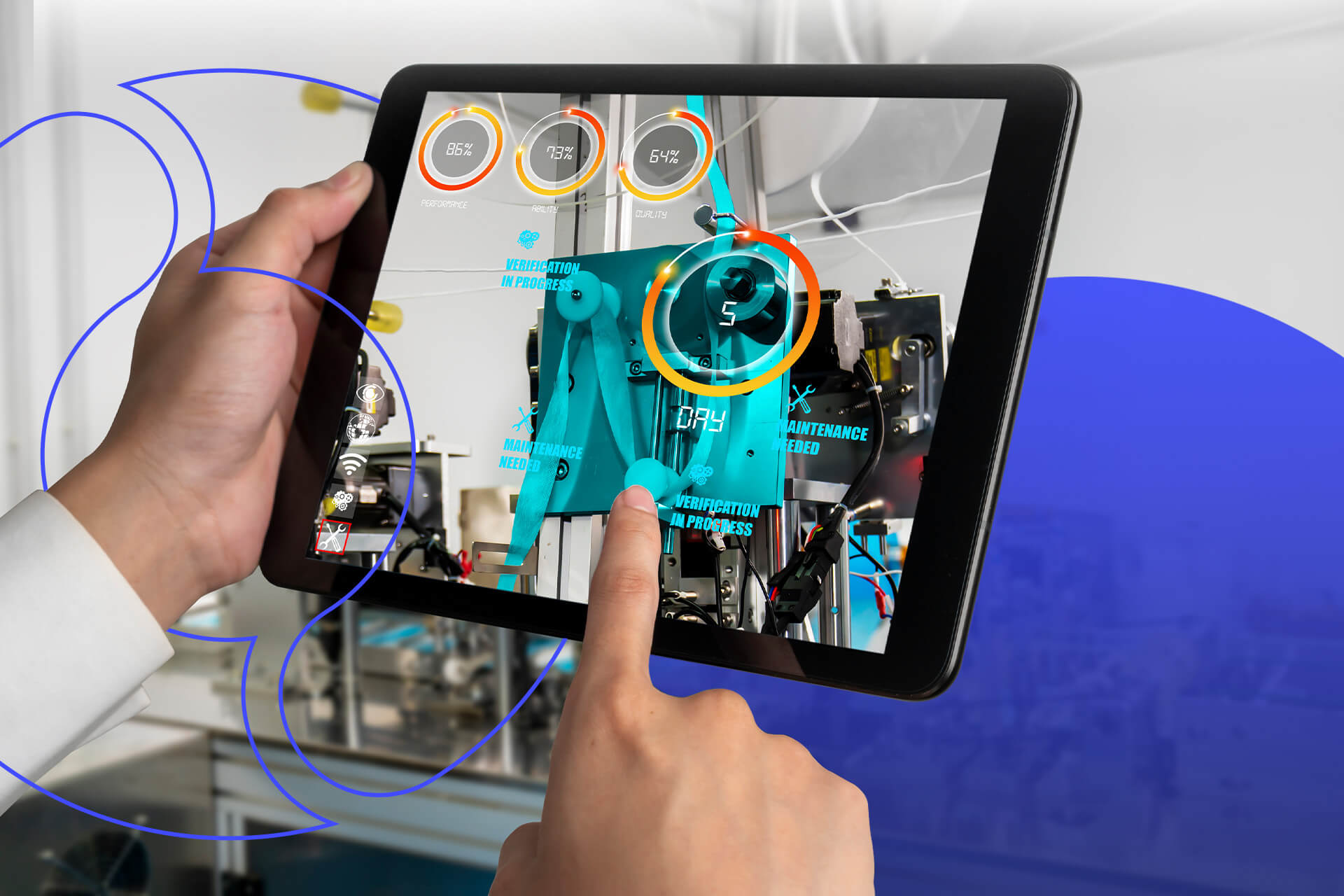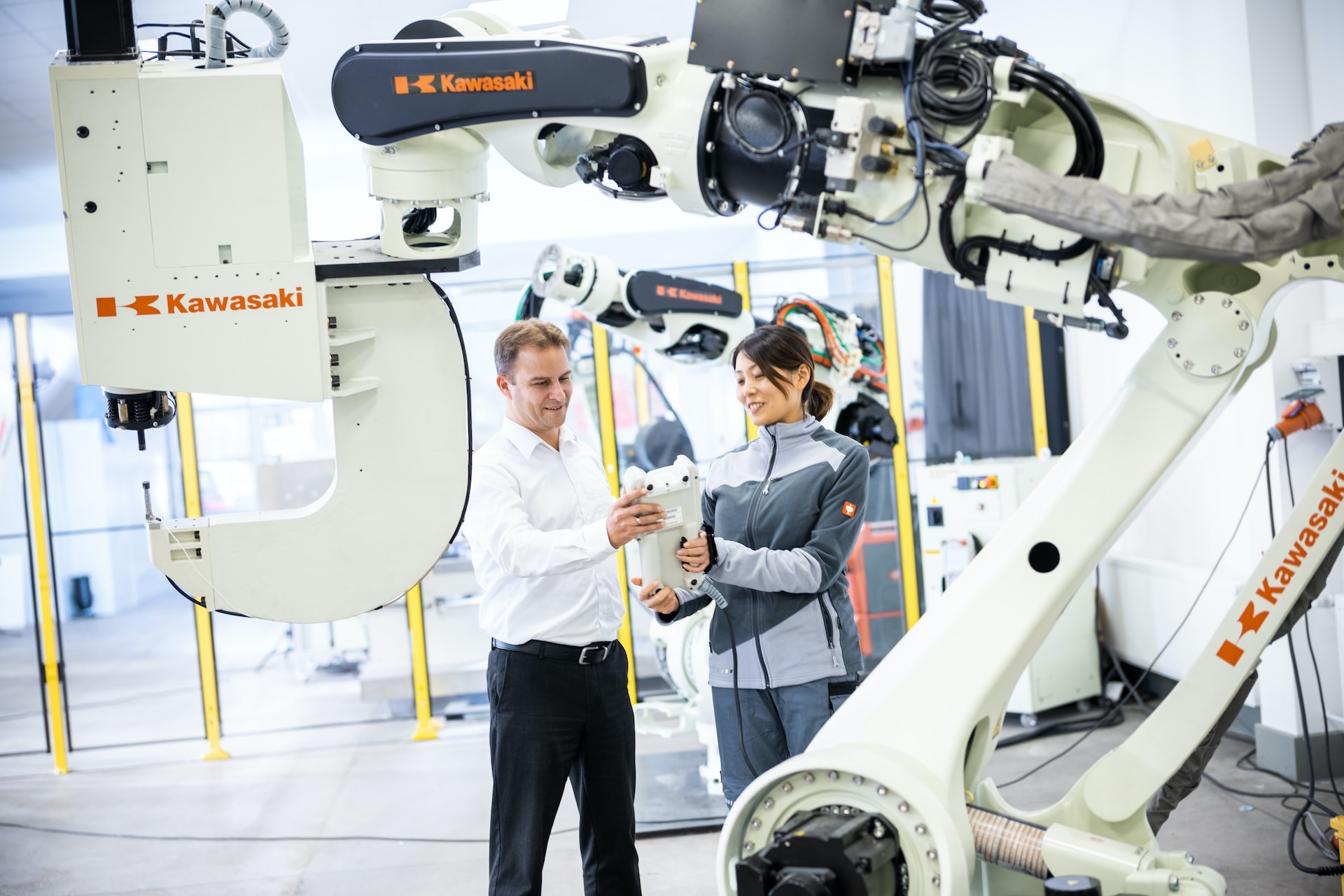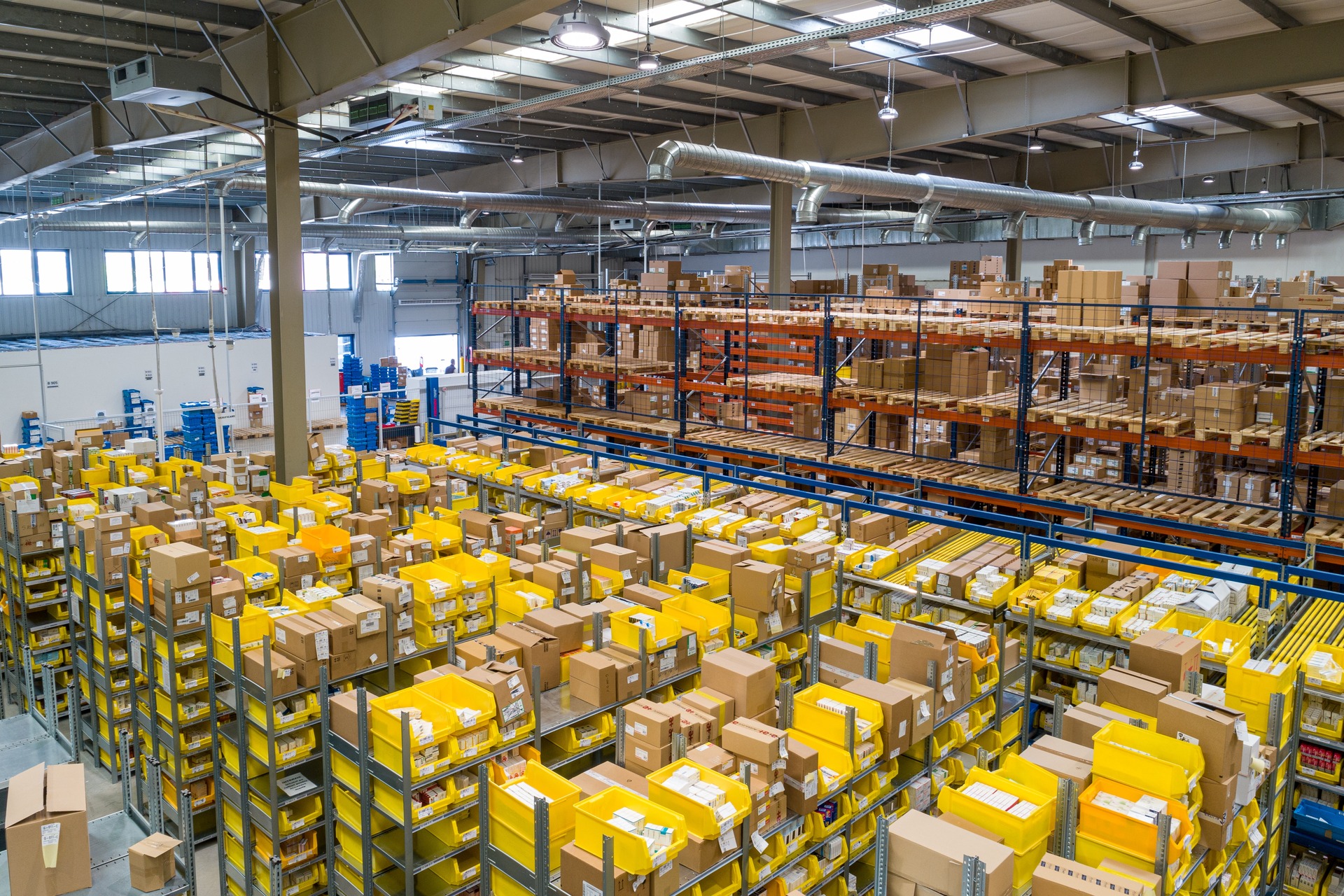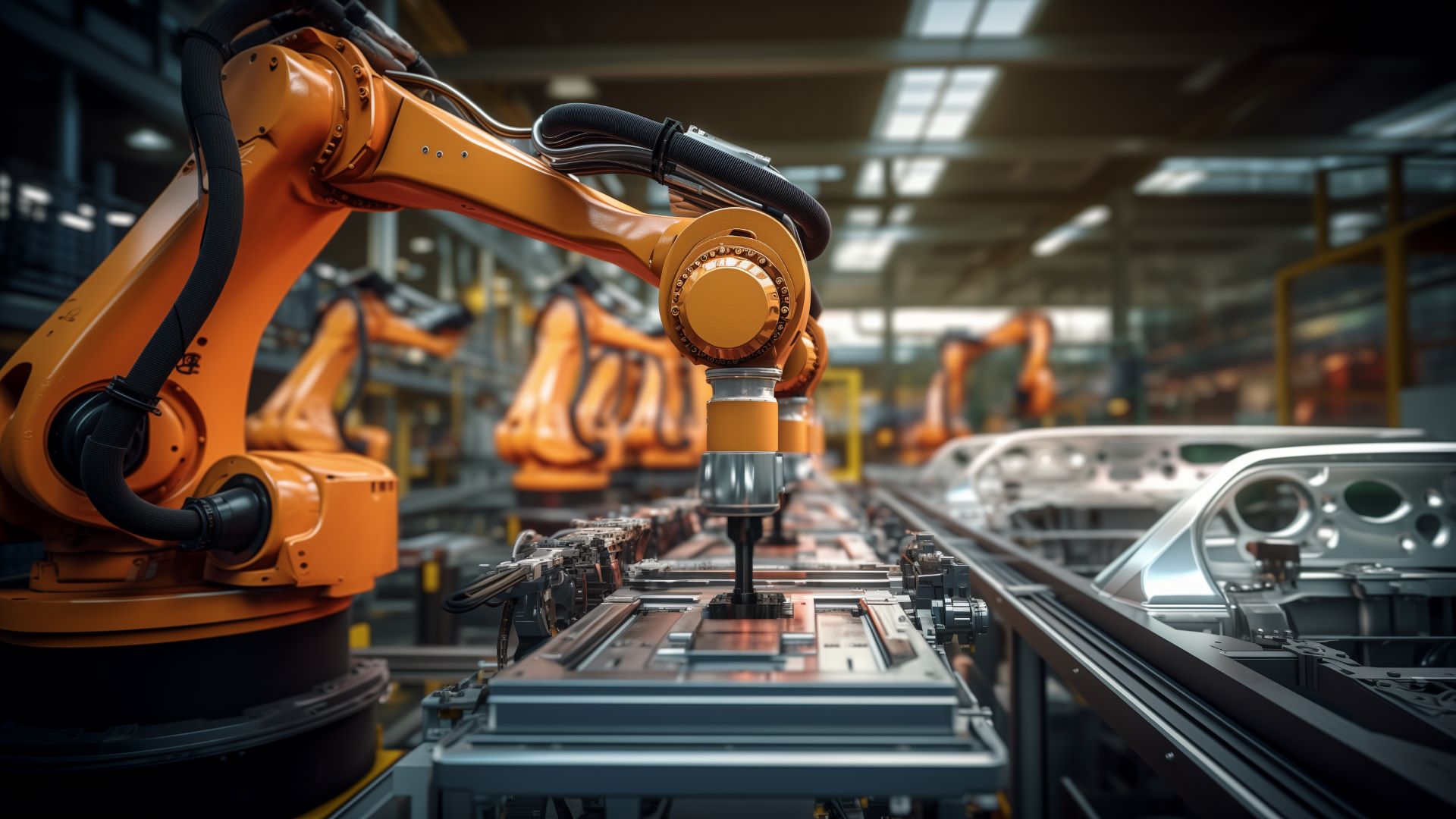
How New Augmented Reality Technology Is Transforming MRO
April 20, 2023 - Revolutionized Team
Revolutionized is reader-supported. When you buy through links on our site, we may earn an affiliate commission. Learn more here.
Augmented reality (AR) and the closely related technology virtual reality (VR) have begun to transform various industrial sectors. Applications like AR/VR training and remote support enhanced by AR have already begun changing how workers approach basic maintenance, repair and operations (MRO) processes.
However, decades after the first practical implementations of the technology, both AR and VR are still regarded as cutting-edge. Only recently have businesses started to seriously attempt using the it in day-to-day work, along with other Industry 4.0 technologies.
The VR/AR industry, which is on track to grow by $162.71 billion between 2021 and 2025, is undeniably having a significant impact on consumer and business tech — but how useful is AR for enhancing maintenance, repair and operations processes right now?
Augmented Reality Examples
Applying AR in MRO starts with understanding what augmented reality is. The smartphone app Pokemon Go is one of the most familiar augmented reality examples for many people, and gaming remains one of the largest use cases for the technology.
Even outside of games, AR in consumer-facing smartphone apps has become remarkably common. AR apps accounted for roughly 1.5 billion downloads in 2020. Some of these are games like Pokemon Go, but interior design apps that let users see how virtual models of furniture fit in their real-world homes and similar services are also popular.
In terms of hardware, smart glasses are some of the most recognizable augmented reality examples. Consumer options typically look like ordinary sunglasses with tiny embedded cameras, but enterprise-grade hardware is also available and may look more like VR headsets with larger physical overlays.
Introducing Augmented Reality in MRO Sector
While the consumer segment currently dominates AR, the technology is quickly growing in industrial applications like MRO. Like most other industrial sectors, MRO has undergone significant changes in the past few years, driven by new market conditions and Industry 4.0 technology.
The sector is likely primed to adopt cutting-edge technology like AR and VR. The importance of MRO operations — and the direct impact they can have on operating costs, uptime and performance — also means businesses are often willing to invest significant resources in innovations that can streamline maintenance and repair.
Early AR Pilot Projects in the MRO Sector
Already, a handful of businesses looking to modernize their MRO operations have adopted the technology. The Royal Netherlands Aerospace Centre (NLR), in association with KLM Royal Dutch Airlines, announced in 2017 that it would adopt new AR and VR technology for training mechanics.
Two years later, the Centre announced that its pilot project of the tech was successful. In addition, the organization also launched a new initiative to develop maintenance training programs for the Hololens, a Microsoft AR product.
Other businesses in the aviation sector — like Air France — have also adopted the technology. The military industry has also begun to incorporate the technology into its MRO processes, using AR for engineering and maintenance training.
Other Emerging Applications of Augmented Reality in MRO
The pivot to remote work that came as businesses adapted to the COVID-19 pandemic may have also accelerated the adoption of AR into the MRO sector. Remote MRO is increasingly important, and some experts consider it to be the new status quo for the industry.
AR applications combined with IP cameras, smartphones and similar devices make it easier for mechanics to remotely inspect or monitor essential equipment.
These applications can also enable remote support. Off-site technicians or employees can provide what is sometimes called “see-what-I-see” support by using AR technology to overlay important information on the screen or headset used by an on-site technician. In practice, the technology can allow off-site engineers to label important components, provide guidance and help on-site workers inspect equipment correctly.
If effective, this technology could eliminate the need for travel by technicians, reduce downtime and make all MRO processes much more efficient by remotely connecting knowledge to the field instantly.
Applications of Augmented Reality in MRO
While headsets and other wearables are still the “face” of AR, industry trends suggest MRO applications may instead rely on devices that businesses and their employees already own — like smartphones.
Most key use cases for AR fall into one of two categories — training and mobile applications. They can streamline MRO processes and provide better information to technicians.
AR for MRO Training
Businesses use AR training applications to streamline the often difficult process of training new technicians and maintenance staff.
For example, in its partnership with the NLR, Air France KLM developed its own AR training applications. The tools generated a 3D model of an aircraft, allowing students and trainees to move around the plane and interact with its systems.
This tool enables trainees to interact with an example of aircraft systems for less cost. There’s also minimal risk of damage and greater interactivity than would be possible if a trainer was using a real-world aircraft.
In a pilot project of the technology, the business found that the use of AR in training helped reduce reliance on the physical presence of trainers, improve knowledge transfer and create a more interactive training environment.
The business also noted that AR training tools can be updated regularly to reflect new technological developments — an advantage over paper training documents, textbooks and other print materials.
AR for Error Reduction and Safety
Similarly, MRO in manufacturing and repair workflows can guide employees as they work. AR glasses can project equipment specs or repair checklists over workers’ view of the real world so they can reference this crucial information as they work. Having hands-free instant access to this data would help reduce potentially costly errors.
Being able to view instructions or company protocols while working can also improve worker safety. Human error plays a role in almost all workplace safety incidents, so MRO processes can become a lot safer if they ensure employees don’t forget important safety steps. Showing them this information through AR glasses without requiring them to stop working or pick up documents is an efficient, convenient way to do so.
This information accessibility will also help streamline the onboarding process. Workers won’t need as much supervision from experienced employees if they can pull up everything they need to know on an AR headset.
Mobile Applications of AR in MRO
Mobile applications enable off-site technicians to offer real-time support. Some may also otherwise provide better information to on-site technicians about the machines and heavy equipment that they’re working with.
For example, a remote technician working from home or a central office can use an AR application to offer the “see-what-I-see” support described above.
In other cases, AR may be able to provide a kind of interactive digital database of important technical information on a machine, automatically highlighting components or measuring parts to provide support to maintenance staff.
Both use cases would help to support on-site technicians and connect expert knowledge to workers in the field. For particularly complex machinery, these tools could provide an essential support line that helps strengthen normal maintenance operations and repairs.
Potential Challenges of AR in MRO
As the adoption of AR accelerates, we’re also beginning to understand what sort of challenges that businesses using AR for MRO will face.
As with many novel technologies, both limited availability of expertise and a high cost of entry may prevent businesses from adopting the technology or fully taking advantage of its potential. Businesses wanting to invest in AR will also have to consider both the cost of necessary hardware and software.
High Cost and Limited Availability of AR Hardware
The cost of the technology will likely remain a problem well into the future. Despite major strides, both AR and VR wearables remain expensive, potentially out of the reach of many individual workers and smaller businesses.
Many businesses developing AR and VR hardware are also investing more heavily in consumer products than business products — meaning that adoptees of AR technology may be working with wearables that weren’t necessarily built with a business case in mind.
These wearables may include features that businesses don’t need while also missing essential tools that will make them effective in industrial work environments.
Still, businesses have found success in developing AR applications for novel smart glasses like Microsoft’s HoloLens, which the company markets towards both individual consumers and enterprises.
While devices like smartphones may sometimes support AR applications, enabling businesses to take advantage of the technology that they may already have, not every smartphone will have the hardware or camera needed to power an AR application.
Expense and Novelty of AR Software
The high cost of proprietary AR applications may also present a challenge. Because AR remains cutting-edge technology, not every developer and business has experience in designing AR applications.
Few general-purpose AR training or MRO platforms exist, as well, meaning that proprietary AR technology may be a business’s only option for using AR.
Businesses wanting proprietary AR technology will have to seek out niche developers with the right expertise and resources.
Maintenance, upkeep and additional development of these platforms may also be expensive — meaning that AR technology may also be costly to maintain in the long run. Without regular support, AR software could become incompatible with essential dependencies or more vulnerable to cyber-attacks and exploits.
Addressing the Challenges of AR in MRO
While these challenges may hold MRO technology back in the near term, there are some potential solutions. Once businesses recognize where augmented reality in manufacturing and similar industries can fall short, they can implement it more effectively.
The best way to address this technology’s high costs is to approach it slowly. Like with an automated assembly line, tech adoption in MRO should begin with the processes where VR and AR would yield the biggest impact. Businesses should review their MRO workflows to find where their most significant inefficiencies are and if any of these overlap with the benefits currently available AR systems offer.
Applying AR to these high-impact areas first will result in faster returns on investment. As companies start seeing these returns, they can then take what they learned from the initial implementation and apply this technology to new processes. This slower, methodical approach will offset the high upfront costs of the technology.
As more businesses adopt VR and AR into industrial workflows, the market will naturally grow and mature. Experts predict that 72% of enterprises will use AR in at least one application by 2030, and developers will produce more industrial-grade headsets and apps to meet this growing demand. Businesses can take advantage of custom-made apps for consumer hardware now and slowly invest more in this technology as more enterprise-level options emerge.
The Future of AR, VR and MRO
It’s likely that future uses for augmented reality in MRO will become more sophisticated and more widely adopted over the next few years.
As businesses develop additional AR peripherals and support for AR on devices like smartphones becomes more common, adoption may accelerate, as well.
Key use cases like mobile support and AR training are already helping to provide better information to technicians and potentially accelerate the training of maintenance staff. More businesses will likely adopt AR technology for these applications in the near future.
Editor’s Note: This article was originally published on November 26, 2021, and was updated April 20, 2023, to provide readers with more updated information
Revolutionized is reader-supported. When you buy through links on our site, we may earn an affiliate commission. Learn more here.







